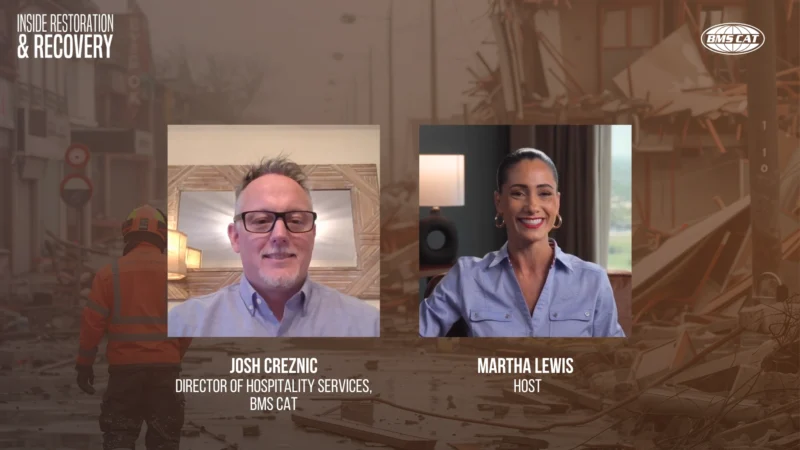Why Retailers, Restaurants and Banks Are Joining the Mobile Payment Bandwagon
Mobile payments are becoming widespread across merchants and customers alike. Three major mobile wallets dominate the market – Apple Pay, Google Pay and Samsung Pay. Each service uses near-field communication (NFC) technology that allows consumers to simply tap their smartphone to a retail terminal. A 2017 Allied Market Research report estimated that the global mobile payments market will reach $3.4 billion by 2022. The service is also growing according to a report from Packaged Facts that found 30 percent of consumers made a mobile payment in 2017.
Recently JPMorgan Chase announced it is expanding its services to offer mobile wallet payments without having to use a previously required QR code for purchases. Chase Pay customers who use a Samsung Galaxy smartphone can link their mobile wallet to Samsung Pay, which uses NFC technology. By connecting the two wallets, Chase Pay and Samsung’s mobile wallet, users have more options when paying. Plus, they can earn reward points. A survey by JPMorgan Chase found that roughly 70% of merchants anticipate accepting digital wallet payments within the next five years, a trend that led to the company’s investment into this technology.
The main difference between Samsung Pay and Apple Pay is that Apple requires merchants to have the property hardware installed in the checkout lane which has caused some retailers to create their own branded mobile payment apps. For example, Starbucks estimated that 23.4 million consumers will use its app to complete a purchase at least once every six months. In 2017, Walmart Pay rolled out in 4,774 stores. The big-box store is signing up tens of thousands of new users a day with two-thirds of customers using the payment system for a second time within 21 days. Brick-and-mortar stores are also catching on with the mobile payment trend. Phillips 66 gas stations has also introduced a mobile payment system to its network of 6,8000 locations.
The ease of use and quick payments are attracting retailers and consumers to adopt mobile payment systems. Wallets may soon become a thing of the past.








